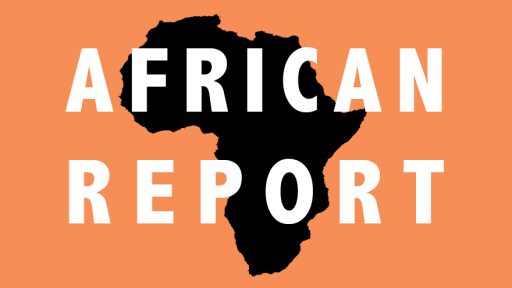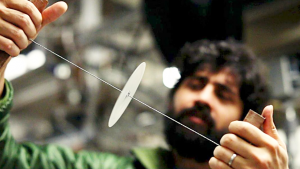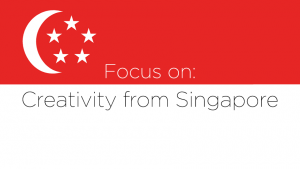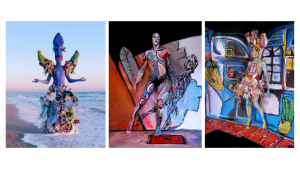Afrolectric

If you type “African” into Google’s image search, the first result is an ethnic print of women balancing clay pots on their heads, the second is an elephant and the third a sunset. There’s none of that in “Afrolectric”.
In a time of radical globalisation and real-time mass media, as Spoek Mathambo says, we need to re-evaluate our cultural ghettos and iconified stereotypes. The Google image-search is a good metaphor. As Stacy Hardy and François Naudé point out with their dis.grace project, it’s a popularity contest in which only a fraction of Africans are getting to vote. While everyone else is in civvies, they’ve voted on our Facebook page that we are doomed to wear our school uniform for the rest of our life.
Worrying about what that school uniform looks like is misguided, so rather than defining African design, Afrolectric is about one-of-a-kind creatives. After all, as Rudo Botha notes, it’s more important to be relevant and useful than all encompassing and defining. Thus Cow Africa’s digital marketing solutions engage with a continent that is leapfrogging Internet-via-computer technology, while Ghariokwu Lemi distributes his agitprop through album covers.
Youssef Nabil’s evocative photography contrasts Givan Lötz’s sublime pensiveness contrasts Dokter and Misses’s modernist mash-up contrasts the Tribal Pride fashion feature. There are just no typecasts – who on Earth has a story with any similarity to poet Lemn Sissay? Looking further across the oceans, in the Homework feature we can find no two Africa-born creatives who bear any similarity.
Heralding a continent of originals, Afrolectric is a direct line to supercharged creativity. – Nadine Botha






